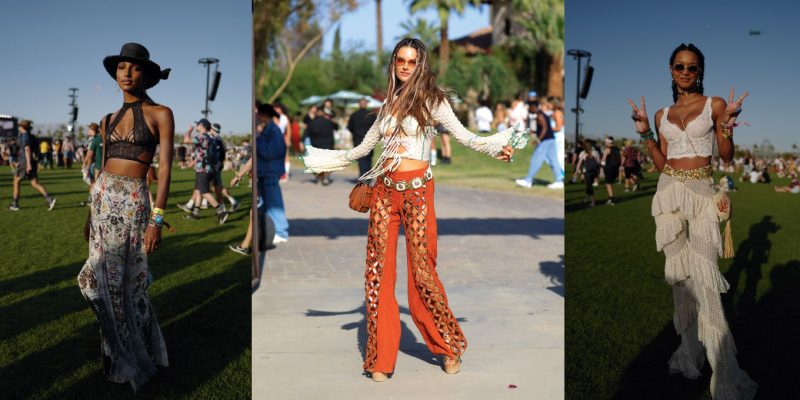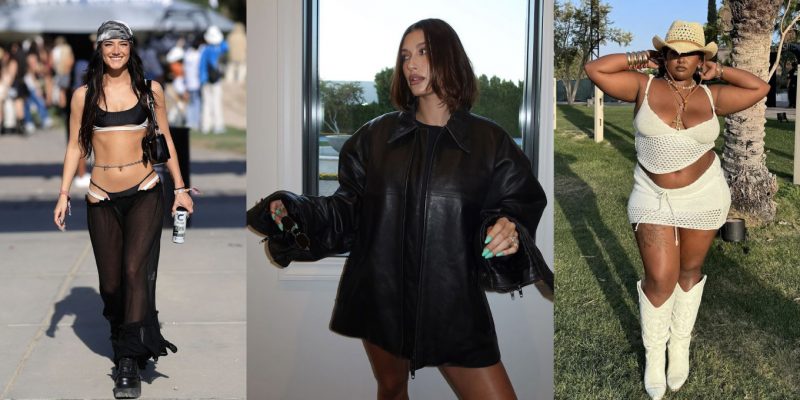Fashion
Are Fashion Brands Getting Greener?
While the fashion industry is making a lot of noise about being more sustainable, a closer look shows that its earth-friendly commitments are often more illusion than reality.
by : Marouchka Franjulien- Apr 19th, 2024

TRUNK ARCHIVE/SABINE VILLIARD
Chinese juggernaut Shein has carved out an enviable position for itself in the ultra-fast-fashion space, an arena powered by a relentless fervour for trends that live, peak and die on social media in what seems like the lifespan of a fly. At first glance, the company—which harnesses powerful algorithms to stay ahead of consumer demand—appears the antithesis of sustainability, but Shein does have an eco-friendly credential…of sorts. In 2022, the fashion giant committed to donating more than $20 million over three years to The Or Foundation, an environmental-justice non-profit that fights the mismanagement of textile waste in Accra, Ghana (where a lot of our clothing excesses end up). But Shein is far from being the only fast-fashion brand to play the green card. H&M boasts “the world’s largest” garment-recycling program, while Zara, Boohoo and Mango occasionally drop “green” collections and lean into waste-reducing manufacturing practices.
Today’s shoppers are more climate-conscious than ever, which has translated into more companies advertising their commitment to eco-friendly fashion. Unfortunately, these pretty-sounding promises are often nothing more than a lovely green smokescreen. So how can we tell the difference between greenwashing and true-blue planet-friendly chops? Now that’s tricky.
If you take your old gear to H&M, the company will recycle it and give you a discount on your next purchase. And that sounds great—in theory. In reality, only the tiniest fraction of your clothing will truly be transformed. The rest will be sold to Germany’s I:CO (which stands for “I collect” and is a global waste-collection network for textiles). What H&M won’t tell you is that the company then exports most of this “recycled” clothing to South America and Africa, notably to Accra. And that’s how, each and every week, 15 million pieces make their way from our closets and brands’ reject piles to the Ghanaian capital, where they’re hawked in the gargantuan Kantamanto second-hand market. Due to their substandard quality, most of these garments are not worthy of a buyer, meaning they end up as waste that slowly decomposes in open-air dumps or litters the country’s beaches, in both cases generating significant greenhouse-gas emissions. The environmental and human costs are catastrophic. So Shein’s sizable donation could be considered a marketing coup, making a difference for The Or Foundation and Accrans while simultaneously veiling its less- than-lovely image so it can do business as usual (to the tune of about $31 billion, according to The Wall Street Journal, in 2022).
“Shein is a member of Textile Exchange [an NGO focused on making the textile industry more sustainable], features a collection made from materials [with low environmental impact], has an unsold-stock-management program, uses a virtually-on-demand manufacturing model and so on, checking all the expert-approved environmentally responsible boxes,” says Veronica Bates Kassatly, an independent sustainable-fashion analyst and consultant. The ultra-fast-fashion label talks big change, but, just like with other fast-fashion movers and shakers—H&M, Zara, Mango, Boohoo, Gap and Uniqlo—Shein’s efforts are a tiny drop in a very large bucket.
According to the NGO Friends of the Earth, Shein produces some 7,200 new garments every day—19 times more than H&M, which is infamous for its overproduction. So how does the brand justify this astronomical figure? First, each garment is produced on a small scale—100 to 200 pieces—to ensure sufficient demand and avoid waste. But the number of new arrivals is so over-the-top that the environmental impact remains dire. Even worse, due to low-quality fabrics and poor manufacturing, anything from Shein can only be worn a few times before it needs to be tossed or given away, often finding its way to Accra or another part of the world that serves as a dumping ground for richer countries. The fact that Shein spends a few million dollars so consumers will overlook something so problematic—a vicious cycle that it continues to feed into without showing any signs of slowing down—barely moves the green dial.
“The fashion industry’s biggest problem—the root cause of all its troubles—is the sheer number of garments it produces,” says Elise Epp, the national coordinator at Fashion Revolution Canada, an international organization that fights for a more ethical, transparent and green fashion industry. “Putting out a new collection to sell more clothing is the polar opposite of sustainability.” Fast-fashion labels are not the only ones to blame—the industry’s main driver is to produce and sell new clothing to turn a profit. But 300 T-shirts made by a local brand won’t have anywhere near the environmental impact of the tens (or even hundreds) of thousands of new arrivals manufactured on the other side of the world by major labels like Zara and H&M as well as companies that claim eco-friendliness is part of their ethos, like Reformation and Everlane. Made in China, Pakistan, Brazil, Bangladesh, India and Vietnam, their clothing is sent to us via sea and, increasingly, air. While maritime shipping can take up to five or six weeks, air transport—the preferred mode of companies like Shein and Zara—only takes five days and emits 14 percent more greenhouse gases.
This overproduction is particularly problematic due to the huge quantities of new, longer-lasting materials it puts into circulation. Just check the label of anything in your closet and you’ll see that petroleum-derived fabrics (polyester, nylon, acrylic, polyamide, elastane) have been—and continue to be—the fashion industry’s materials of choice. But they take centuries to decompose and are a major source of microplastics—those nasty little particles that seep into the environment (and your body!) with every wash.
With all the bad press surrounding synthetic fabrics, many brands have come up with alternatives as a way to boost their eco cred, but they aren’t necessarily better. Such is the case with semi-synthetic materials made from wood pulp, like rayon, modal and viscose—turning pulp into fabric requires an intense chemical process that too often involves the destruction of old-growth forests. Natural fibres such as linen and cotton also come with strings, such as pesticide use, worker-safety issues, copious water usage and excessive environmental destruction. (Organic cotton, for example, requires large plots of land.)
Although it’s difficult to get hard facts on this crucial link in the supply chain, you can trust certifications like the Global Organic Textile Standard and opt for materials with a lower environmental impact, such as Tencel, hemp and bamboo lyocell. Recycled materials are a good option too, but they come with their own set of issues. Yes, the recycling process allows us to breathe new life into old fibres, but it also deprives several peoples and communities in Mongolia and elsewhere of income derived from the production of raw materials. Super-popular plastic-bottle-sourced polyester adds just as many microplastics into the environment as the new stuff and cannot be recycled—unlike the bottles themselves, which can be recycled repeatedly (though even this poses problems because the plastic degrades over time and can become toxic).
EXCESS CLOTHING PILING UP IN ACCRA, GHANA
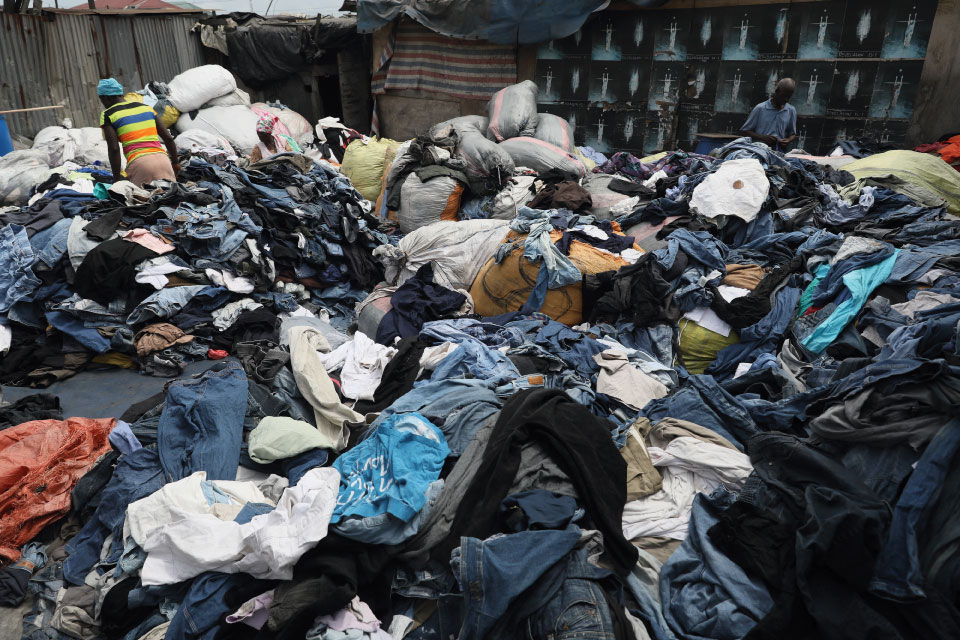 TRUNK ARCHIVE/SABINE VILLIARD
TRUNK ARCHIVE/SABINE VILLIARDThen there’s the much-maligned organic material hiding in your wardrobe: leather. Humans have been wearing it for centuries, and there’s nothing wrong with it per se. “Indigenous practices [have] great respect for the animal as well as the tanning process,” notes Epp. “But it’s important to note that today’s leather industry—the one that provides us with any and every animal-skin product we may ever need (and not need)—is rotten to the core.” Enter “vegan leather” marketing, which puts an eco-friendly halo over a newer material that pollutes seven times less than its animal counterpart. But does it live up to the hype? Unfortunately, the answer is no. Vegan leather is often produced using PVC, which is super toxic, or the plastic-derived and non-biodegradable polyurethane. Luckily, there are innovations like the 100 percent plant-based Mirum as well as leathers made from mushroom, apple, pineapple, corn, mango or cactus, giving us many earth-friendly options to choose from. But Gordon Renouf, CEO at Good on You—a platform that rates fashion brands on how sustainable they are—shares an important caveat: “For many of these emerging materials, their environmental impact hasn’t yet been established and we don’t know how things will shift as production volumes increase.”
Last November, Gucci released a new version of its Horsebit 1955 bag in Demetra, a vegan leather made in the brand’s traditional tannery with 75 percent plant-based materials. The rest is from responsibly sourced polyurethane, although the Italian fashion house is still openly on the market for alternatives. It consulted Emma Håkansson—founder and director of the NGO Collective Fashion Justice—on communications surrounding the new material. “As long as perfection isn’t promised, I think it’s important for brands to talk about the plus sides of their innovations while still being transparent about the work that needs to be done,” says Håkansson. Take a quick trip to Gucci’s Canadian website and you’ll see that genuine leather is much more common than Demetra, which is trickier to find there. Similarly, Stella McCartney—which has never used leather and released Mirum versions of its iconic Frayme and Falabella bags last September—continues to market way more polyurethane-containing products. So despite the fact that there’s a wide variety of materials to choose from, most brands are hesitant to really lean into them. The reason? Their price tags. Mini Falabella totes in Mirum go for $320 more than the original iteration.
“People are often gobsmacked by the price tags associated with more sustainably made products, but, when it comes down to it, the clothing you buy today costs only between one-third and one-quarter of what your grandparents paid,” says Renouf. Most clothing is made in factories using cheap manual labour, which is one of the factors behind clothing being so much less expensive than it was for past generations—and also what makes fashion ethical or not. “There’s a socio-economic variable to the equation that brands willfully ignore,” says Bates Kassatly. “If you don’t pay [workers] a decent wage, your clothes are automatically unsustainable.”
So how is Shein able to sell a pair of jeans for $10? Worker exploitation, pure and simple. In its Chinese factories—where labour rights are practically non-existent—employees work for up to 18 hours a day, seven days a week, for the equivalent of $820 a month. The tiniest mistake can slash their daily earnings by 33 percent. But Shein doesn’t stop there: The company is suspected of having used forced labour, notably of the Muslim Uighur minority, who’ve been actively persecuted by the Chinese government and sent to “re-education camps” where torture is an everyday occurrence.
In the fashion industry, Shein is far from alone in taking advantage of 21st-century slavery. In 2020, the Australian Strategic Policy Institute shone a light on the issue, and a December 2023 report by Sheffield Hallam University in the U.K. revealed that not much has changed since: 39 Western clothing labels—including Zara, H&M, Mango, Levi’s, Adidas, Nike, Burberry, Calvin Klein and Vera Moda—are at high risk of supporting forced labour by sourcing cotton from five Chinese manufacturers that exploit Uighurs. When it comes to profit, the industry prefers to turn a blind eye, and without a legal framework to define what green fashion is—here or abroad—it’s a bit like the Wild West. “We need stricter legislation and enforcement to make sure that when brands claim to be eco-friendly, it actually means something,” says Epp. In Canada, the only way to call out greenwashing is by personally filing a complaint with the Competition Bureau, but things are changing. The European Union announced that there are new regulations on the horizon, while a New York State law, if passed, will force brands to disclose the environmental and social impacts of their business.
Meanwhile, it’s up to us as individuals to hold brands accountable and ask the right questions before tapping our cards: Will this garment last? Can it be easily repaired? Is it made from toxic materials? Where was it manufactured? Does the brand pay a living wage to everyone across its supply chain? Because beyond our monthly statement, it’s the planet and local communities that are really footing the bill as the fashion industry continues to exploit our world’s resources and workforces.
Read more:
What Beauty Packaging Is Actually Sustainable?
Earth Month
Newsletter
Join our mailing list for the latest and biggest in fashion trends, beauty, culture and celebrity.
Read Next

Fashion
10 Canadian Swimwear Brands to Shop This Summer
Hit the sand in style this beach season!
by : Allie Turner- May 2nd, 2024
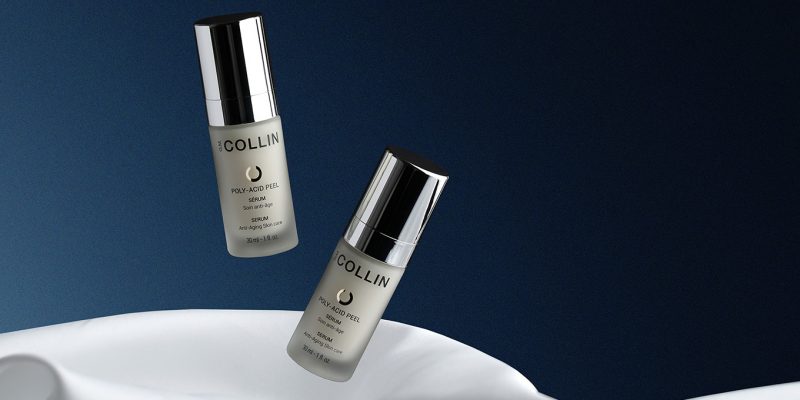
Beauty
This Exfoliating Serum Creates a ‘‘New Skin’’ Effect
Say hello to smooth, radiant skin.
by : ELLECanada.com- May 2nd, 2024
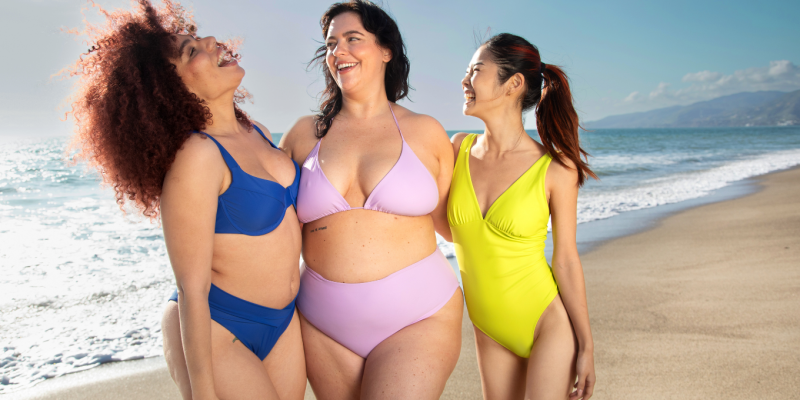
Beauty
Summer Prep: How to Feel Confident in Your Swimsuit
New Size-Inclusive Swimwear: Gillette Venus partners with The Saltwater Collective to Launch a Collection for Any Body
by : ELLE Canada- Apr 24th, 2024

